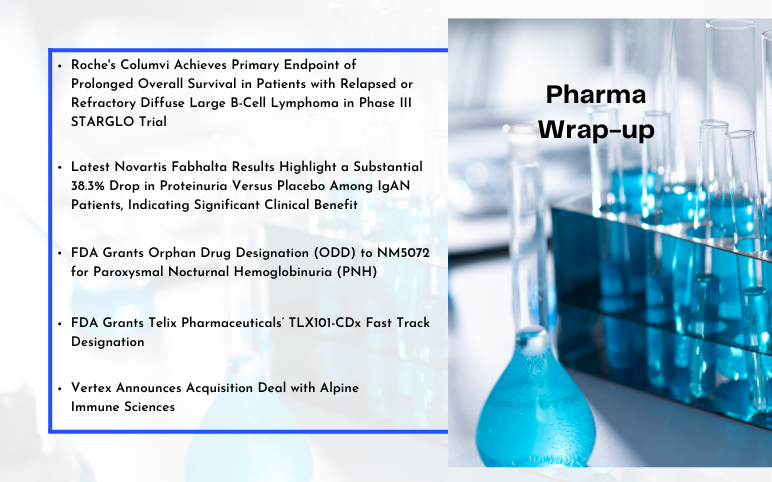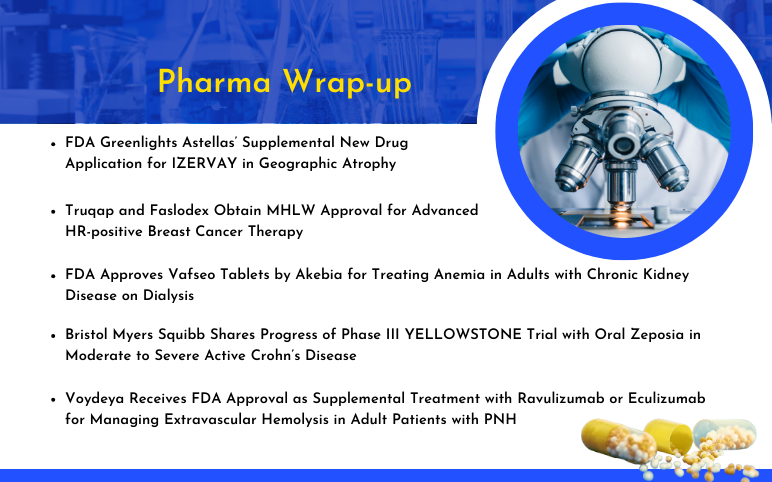Table of Contents
AstraZeneca’s COVID-19 vaccine data suggest single-dose efficacy
The full data from late-phase trials of AstraZeneca’s COVID-19 vaccine have pointed to the potential for AZD1222 to work after a single dose and limit asymptomatic cases; however, missed main questions regarding the efficacy of the candidate.
The results that were posted in The Lancet restate the headline findings shared by AstraZeneca and its partners at the University of Oxford. In a pooled analysis of 11,636 participants enrolled in two separate clinical trials in the U.K. and Brazil, the efficacy of two doses of the vaccine was 70%. The paper includes the detail that protection against the symptomatic disease after at least one standard dose was 64%.
The two-dose efficacy figure covers divergent results between subjects who commenced on a half dose and those that got two full doses. The efficacy of the 2,741-subject half-dose primer arm was 90%.
That disparity that startled the researchers running the trials has been the topic of debate since AstraZeneca shared the top-line data. The Lancet paper offers background on how the U.K. trial came to give some subjects a half-dose primer and offers potential explanations for the effect but omits the key question of whether the regimen has 90% efficacy or not.
Warding off Type 1 diabetes by aiming a T-cell protein
The body’s immune system falsely attacks insulin-making beta cells in the pancreas in Type 1 diabetes. Scientists at the University of Utah School of Medicine have found a way to control that autoimmune response by aiming a protein that is vital for T-cell activation.
The protein is known as OCA-B. Mice that were genetically modified to be in a deficit of the protein were secured from Type 1 diabetes, and a small peptide inhibitor of OCA-B also prevented the disease in newly diabetic animals, as per the results published in the Journal of Experimental Medicine.
The study proffers a proof-of-concept for OCA-B as a promising new target for Type 1 diabetes treatment as it gets at the underlying cause of the disease and can be used as the basis for additional drug development, the researchers argued in the paper.
OCA-B, or B cell-specific Oct1/2 coactivator, binds to and controls about 150 genes involved in a process through which T cells are reactivated upon reencountering antigens they have earlier identified and memorised.
Zebra Medical Vision’s X-ray modelling AI gets the FDA clearance
The artificial intelligence developer Zebra Medical Vision has earned its seventh clearance from the FDA for its programs, the latest enabling X-ray images to be utilised in place of CT scans for specific aspects of orthopaedic surgery planning.
The AI solution is designed to determine bone measurements from X-rays at the same level of quality but at a cheaper cost, which the company states that it can help open new markets for implants and procedures in areas where CT and MRI scanners are unavailable or not affordable.
Zebra Medical CEO Ohad Arazi said that expanding from radiology to orthopaedic surgery supports their mission of taking advantage of machine learning and computer vision to benefit patients achieve better care everywhere with more readily available resources.
The program builds a 3D model of the bones of the patient from a standard X-ray that proffers orthopaedic surgeons accurate skeletal landmarks.
Moreover, giving more data before a procedure could aid streamline the use of less-common implant sizes, as well as reduce the delivery and prep of redundant hardware to the operating room.
UniQure/CSL haemophilia B gene therapy curbs bleeding in phase 3
UniQure and CSL Behring’s haemophilia B gene therapy could transform chronic care into a one-time treatment for the haemophilia B individuals who lack a protein that helps their blood clot. Its recent data infer that it could work for patients considered unsuited for gene therapy.
The treatment, etranacogene dezaparvovec, controlled bleeding episodes and nearly terminated the requirement for the infusions of clotting Factor IX (FIX) in a phase 3 study evaluating it in severe or moderately severe haemophilia B. The study, HOPE-B, observed that 26 weeks after treatment, the gene therapy had decreased bleeds that required treatment by 91%, with 87% of 54 patients reporting such bleeds. Eighty-three percent of the patients stated no bleeds at all, including suspected bleeds that did not need treatment.
The treatment also increased FIX activity to an average of 37.2%, up from less than 2% at the beginning of the trial, meeting its primary endpoint.
The study presented at the annual meeting of the American Society of Hematology observed that nearly all the patients—52 out of 54, or 98%—no longer required infusions of FIX to stop bleeding episodes. Of the remaining two patients, one experienced an infusion reaction during treatment and did not receive the full gene therapy dose. At the same time, the other had very high levels of antibodies, which neutralise the adeno-associated virus (AAV) utilised to deliver the treatment.









-Agonist.png)


